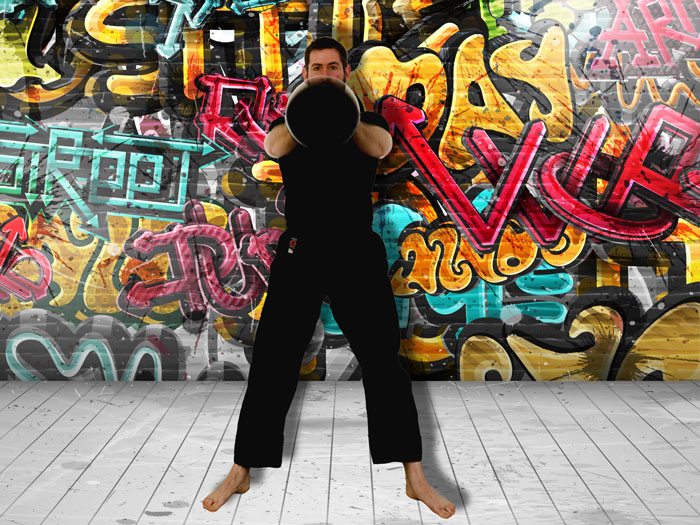
Like many worthwhile exercises, ballistic movements can be taught in a few hours, but need to be practiced for years on end. To stay sharp with the Hardstyle techniques we use in the RKC system, we always need to pay attention to every detail. The reason is simple yet profound: Hardstyle ballistics are self-ruining. Our central nervous system is programmed to optimize any repetitive motion for energy efficiency. Hardstyle ballistic movements are designed to do the exact opposite—create maximum power output. This is also one reason why RKC Instructors are required to recertify on a regular basis.
In this post, I will analyze the RKC kettlebell ballistic exercises step by step. It should be obvious that no ballistic exercise can ever be performed “step by step”. For example, with the kettlebell swing, the trainee does not (or at least should not) force the kettlebell back down from the top, instead they should just wait for it to come back down.
I would suggest that beginners reading this post bookmark it and save it until after finding an RKC instructor and performing at least 10,000 Hardstyle swings. My intention with this post is to go into great detail and give advanced trainees and instructors a reference. This approach is not suitable for beginners as all the details will only confuse him or her.
Hardstyle Kettlebell Ballistics Defined
The term “ballistic” describes any movement that occurs without external forces applied to the moving object. For any object on the face of the earth to move in a truly ballistic fashion, it must be accelerated with more force than gravity, and then left alone. The bigger the force and the faster the acceleration, the more kinetic energy will be stored in the object, causing the object to fly higher and farther. As soon the object enters the ballistic phase, it uses up its kinetic energy. When the kinetic energy becomes weaker than the gravitational pull, it starts to fall. Depending on the angle between the gravitational pull and the direction of the movement, the ballistic trajectory will be steep or flat. But, when all the stored energy is eventually used up, the object will fall freely towards the center of gravity.
Humans basically perform two types of ballistic movements: jumping (the human moves in a ballistic fashion) and throwing (the human moves an object in an ballistic fashion). In both cases, the human must generate the force for the acceleration and then release it. In the second example, the thrower releases the object after the acceleration phase, and there is no way to change the object’s trajectory after it has been released. When we jump, we also release control temporarily—we can’t change direction mid-jump—but we can hopefully catch ourselves on impact. Both types of “human ballistics” require speed and power at the same time.
The Kettlebell’s Little Secret
The kettlebell’s offset center of gravity allows the user to combine both forms of “human-ballistics” into a single exercise. In many ways, a kettlebell swing is almost identical to a vertical jump. The only difference is that a vertical jump is a triple extension (the hip, knee and ankle open together) while the swing is only a double extension (the hip and knee open, while the ankle does not open keeping the feet firmly on the ground). Another similarity to a jump is that all the momentum generated during the swing, must be caught during the back swing. If you were wondering how the swing is also a throw, take your kettlebell outside, do a swing and release it at its apex!
Simply put, when you train with kettlebell ballistics, you train the two most explosive and powerful movement patterns at the same time.
Ballistics Analyzed
Enough talk about why kettlebell ballistics are so cool… now, let’s analyze the motion.
Since the swing, clean and snatch are basically the same movement, and the same principles apply, I’ve tried to keep the analysis fairly generic. Significant differences will be discussed when necessary. Whenever you find something to improve in your own technique, make sure to practice and fix the least complex movements first before moving on to more difficult movements.
The ladder of complexity:
- Kettlebell sumo deadlift: not a ballistic motion, but any problems with the hip hinge and the lockout of the hips should be fixed here first. Don’t be afraid to use really heavy kettlebells with this movement.
- Dead stop swing: Isolated single reps of the two-hand swing force you to start strong each time and prevents the deterioration of your technique from rep to rep.
- Two-hand swing: This is the simplest ballistic movement. It has all the aspects of force generation and deceleration, but without the anti-rotation aspects. However, if you struggle to keep your shoulders packed in the one-arm swing, first practice with the two hand version.
- One-arm swing: This is the first step of the progression where you practice anti-rotation.
- Snatch: This is a one-arm swing, that ends in the overhead lockout position. Safely landing the kettlebell in the overhead lockout position adds even more complexity.
- Clean: In my experience, this is the most difficult ballistic skill to learn. With the snatch, you can usually go full throttle, but the clean requires you to use an exact amount of force so it can land crisply but cleanly in the rack position—all without changing the basic movement pattern.
Action Required:
To get the most from the above information, take a short video of your swings (film them from the side). Then, look at each part of your swing. Use an app with a slow motion feature (I use Coach’s Eye). If you struggle with other ballistic exercises, shoot videos of them as well.
Obviously, ballistic movements are fast and cannot be paused. It is also difficult—if not impossible—to control or modify the movement in real-time. So, all of the thinking has to happen before the kettlebell leaves the ground. Use your imagination and visualize the motion in vivid detail before actually executing it. This is the best way to improve your ballistic skills.
Hint for Instructors:
If you train people with kettlebells, do not correct them while they are working. Instead, have them set the kettlebell down, then explain before having them try again. Short hints usually work for people who already know the problem and only need a quick reminder. But instructions using more than four words must wait until the kettlebell is safely parked.
Mirrors:
When you train in front of a mirror—common in many gyms—refrain from analyzing your technique. I usually turn away and have my back to the mirror whenever possible. Again, if you want to know how your ballistics look, use a camera. The goal of any technique work should be that you can feel if you are doing it right rather than see your mistakes.
Notes:
Mastering ballistic drills should be thought of as a project that can never truly be completed. Striving for perfection is a worthy goal, but it is madness to expect to reach perfection. As in the martial arts, there is always something to improve. A good ballistic rep should be poetry in motion, smooth and powerful! Jerky motions should be avoided, and the kettlebell should look weightless.
Have fun practicing!
The Ballistic Phases
Once again, the following breakdown of the kettlebell ballistic movements is intended to give you a deeper understanding of the mechanics, not to teach the techniques. Some phases are long (relative to the full motion) and others happen in an instant. The length of my explanations do not correspond with the length or importance of the phase.
Loading:
Any ballistic kettlebell drill requires a deep hip hinge, for proper loading. This is why I expect all my students to start their swings, cleans and snatches with a hike pass instead of a pendulum motion. I agree with master Bruce Lee who stated, “I fear not the man who trained 10,000 kicks, but the one who trained one kick 10,000 times.” Following this train of thought, this is why I do not like the idea of starting each set with several substandard movements to gather enough momentum for cleaner technique.
After you hike the kettlebell backwards off the floor and between your legs, let the weight pull you back into a nice hip hinge. It does not matter if you work heavy or light or if you are doing swings, cleans or snatches—this stage should look always the same. Obviously, it should also look the same for every rep.
Drill:
Get into the starting position. Have a partner hold a clipboard behind your butt at a distance the size as the body of the kettlebell. In other words, in the deepest position of the back swing, the body of the kettlebell should stand out behind you while your spine stays neutral. Now hike the kettlebell back for a swing, clean or snatch and try to hit the clipboard. The goal of this drill is to hit the clipboard with each hike pass. You can do the same drill with swings, cleans or snatches.
Acceleration
If your hike pass and back swing are good, then there is not much that can go wrong while you accelerate the kettlebell. The elastic energy generated during the loading phase of the swing practically catapults the kettlebell forward. But, if you did not load your hips properly, or did not keep a neutral spine, then you will have problems.
Be very careful while learning new skills. For some reason, it’s common for someone who has already leaned to properly load his hips to forget what he learned when confronted with a more complex technique.
Whenever an advanced technique like the clean or the snatch feels overly complicated, and you have a hard time controlling the kettlebell, review the more fundamental exercises (like the swing). Often, you will find minor flaws will translate into bigger problems when the movement becomes more complex.
Force Transfer
Compared to the previous two phases, force transfer happens in an instant. It takes a trained eye to see if it was good or not. If the force transfer is weak, the whole exercise is weak, so it is important to get this one right.
Force transfer happens exactly in the instant of the upswing when your hip joint fully opens. Before that, you accelerate the kettlebell, but when your hips lock out, the kettlebell moves with the stored kinetic energy you generated during acceleration phase. You might have noticed while driving your car that the harder you hit the break, the more you get pressed into your seatbelt. This is because more of the built up kinetic energy remains in the object (you in the car or your kettlebell during the swing).
How to “hit the brakes hard” when locking out your hips:
- Contract your glutes as hard as possible. (Sounds familiar, right?)
- Simultaneously brace your abs as if you are waiting for a punch.
- Press your feet into the ground and contract your thighs. (Leave burning footprints!)
- Activate your lats and pack your shoulders.
- Exhale sharply through closed teeth.
- All of this should be happen in the instant your hips are fully open. The better your timing, the better and safer your swing will be.
Up until this step, the movement for all of the ballistic exercises is identical. No matter if you swing, clean or snatch the kettlebell, to this point all three drills look exactly the same.
The Rise
If you succeeded in passing kinetic energy to the kettlebell, the major part of your task is already done. You can not—and should not try to—do anything to give the kettlebell any more power than it has right now. However, you can still ruin the result!
Swing
In the kettlebell swing, your only task is to stay grounded while you hold on to the kettlebell. Do this by keeping your glutes, abs, and lats tight. While staying tight, try to let your arms be as loose as possible so the kettlebell can rise freely. You will know you are doing it correctly when your body forms a straight line from heels to the top of your head and the kettlebell is in line with your arms.
If the kettlebell hangs down on the top of the swing, you are pulling with your arms. On the other hand, if the bottom of the kettlebell tilts upward, you are holding your arms too tightly, hindering the upwards movement.
How high should you swing?
Everything between chest and eye level is ok. Think of the swing as a throw: instead of swinging the kettlebell high, aim at a point several meters in front of you. It helps to imagine someone you don’t like standing there!
Clean and Snatch
For the clean and snatch, the task is much more complex. First you have to lead the kettlebell, instead of just letting it float upwards. Secondly, you need to maneuver your hand into the respective end position. While you practice this, make sure your swing mechanics up it this point stay constant. I often see beginners struggle with the clean and the snatch because they fail to generate enough power from the hips. I think that the clean adds more difficulty to the equation because–unlike the swing and the snatch—you need to carefully control the amount of power you generate to propel the kettlebell to the exact height of the rack position. Obviously the amount of power differs greatly when cleaning a 8kg or a 40kg kettlebell. This is also why I have my beginners practice the snatch before I teach them the clean.
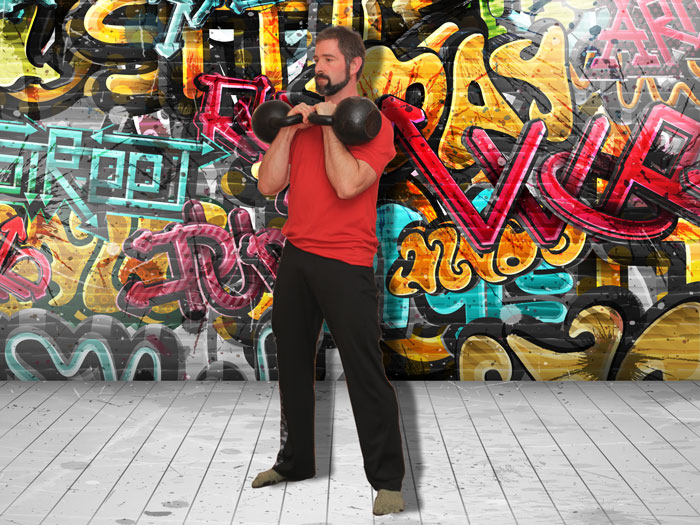
Step by Step:
After your hips lock out, the kettlebell will try to follow the same flight path as the swing. For the clean and snatch, this is not optimal, because the kettlebell would travel too far away from the body and land with too much force when it comes back. To let it rise closer to your body, hold it back as if you are doing a row.
When you have successfully modified the flight path, the next challenge is to hit the parking position before the kettlebell comes crashing down on you. To accomplish this, your hand has to travel faster than the kettlebell rises.
- In the case of the clean, you can think of it as closing a zipper. The right point to “close the zipper” is when the kettlebell passes your navel.
- For the snatch it is easier, when the kettlebell passes your line of sight, just shove your fist straight up as if you are celebrating a victory.
In both cases, you will modify the flight path right when your arm connects with the kettlebell, but before the kettlebell has stopped moving upwards. You will surely feel it when you get it right, even though it is sometimes hard to see on video.
If you follow these hints, your snatch should work quite well, but there can still be issues with the clean. Try to clean with different weights to learn how to use the right amount of power.
Warning! If taped on video, your cleans should look the same no matter what weight you use. Don’t change the movement pattern, only change the amount of power you generate.
Self Diagnosis for Clean and Snatch
The following table gives you hints you can use to pin down common problems in your cleans and snatches:
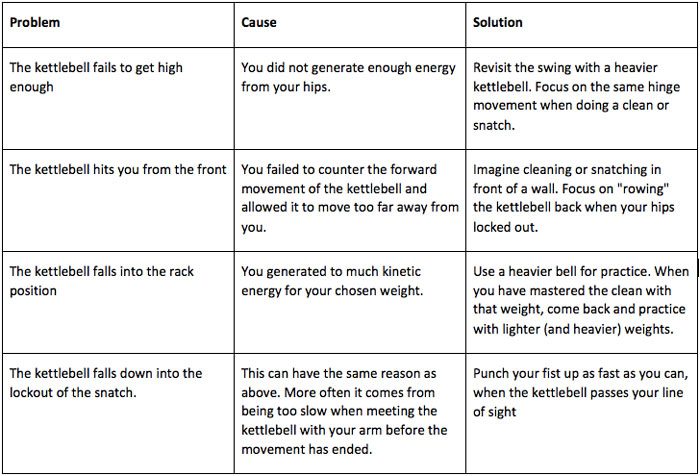
The Apex
This phase is only relevant for the swing since in the clean and the snatch, the kettlebell rests in its respective parking position. In the swing, the kettlebell is allowed to use up its energy without user interaction. But, you can also use this instant for any interaction with the kettlebell (hand switches, flips, etc.). Everything I wrote so far impacts the behavior of the kettlebell in this phase. The kettlebell becomes still in the apex if and only if you get all of it right! If you find it difficult to pass the kettlebell from one hand to the other, try to figure out in which phase you lost (or failed to generate) tension. Practice it and when you feel you mastered it, come back and retry the hand switch. You will wonder why you ever had any problems!
Up Swing / The Drop
When the kettlebell has either used up all of its energy, or you have decided to drop it, it will fall back down towards mother earth. There’s not much more you can do to improve this, don’t even try. In case of the swing, any interference on your part will result in ruining the next rep. With the clean and snatch, there is also a high probability that you hurt your elbow. The only thing you should be doing is standing tight and wait until the kettlebell eventually tries to pull you down. Don’t resist, but break at the hips and smoothly hinge back. Make sure not to bend over, but just move your butt back while keeping your spine neutral.
The Catch / Reload
Now we have completed the full circle and are back where we started. Use the kinetic energy freed from the drop to load your hips and explode into the next rep.
Setup and Start
As already explained, you can not approach ballistics step by step. As soon as the kettlebell moves, the die is cast. Minor adjustments are still possible but if your setup sucks, your swings will too. I recommend creating your own little ritual to perform every time you approach a kettlebell.
Mine goes like this:
- I step up to the kettlebell and firmly plant my feet.
- I stand straight for a short moment and then tighten up to remind me what the top position should feel. I use this step only when I initially approach the bell, not between sets.
- I place the side of my hands in the creases of my hips and shove myself into the hip hinge. I do this to remind myself how the bottom position of the swing should feel (skipped between sets).
- I grip the handle with both hands and try to break the handle. This activates my lats. When I feel my lats, I soften the grip.
- If I want to work one handed, I remove one hand from the handle and center the remaining hand on the handle.
- At this point I lean back slightly, anchoring myself with the kettlebell (it is tilted towards me). This last step removes all the slack to avoid a jerky first rep.
You may think this sequence would take me as much as thirty seconds or more to get ready to swing, but that’s not the case. When I teach and am taking my time it only takes about 2-3 seconds. When I am training, I run through it so fast than an observer may not even notice what’s happening.
Create your own routine that gives you the best results, and practice it until it becomes second nature.
When you are set up and ready to start your swing, make sure to go all out from the first rep onward. Your set should always start with a powerful rep rather than building up speed from rep to rep. That is why I recommend the dead stop swing, it lets you practice your setup routine with every rep and you will become accustomed to starting your sets strong.
***
RKC Team Leader Florian Kiendl is a second degree black belt in Tae Kwon Do and runs a Martial Arts Gym in a small town close to Munich (Germany). He made it his mission to help his students to improve their movement and overall health. In his search for ways to overcome the movement restrictions of his students (and his own) he found the RKC and now works together with Master RKC Robert Rimoczi and others to help as many people as possible to gain back their Strength and Agility. He writes a regular Blog at blog.kettlebellgermany.de and offers workshops all over Germany teaching the RKC kettlebell exercises: KettlebellGermany.de. If you have questions or comments on the article feel free to email him at florian@kettlebellgermany.de.
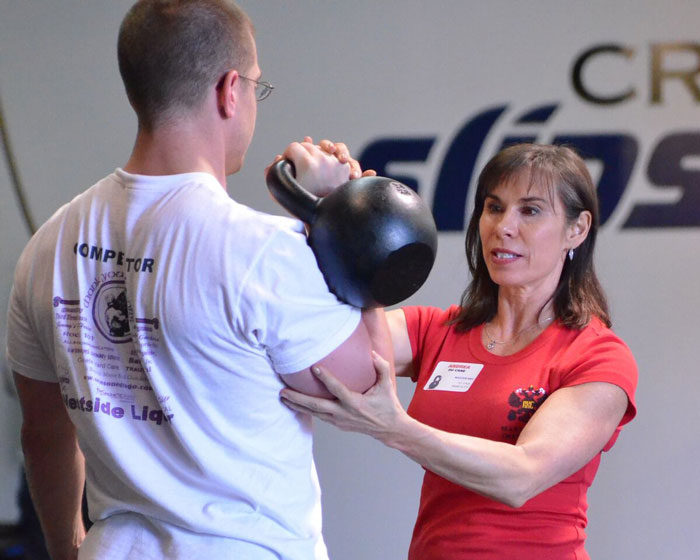
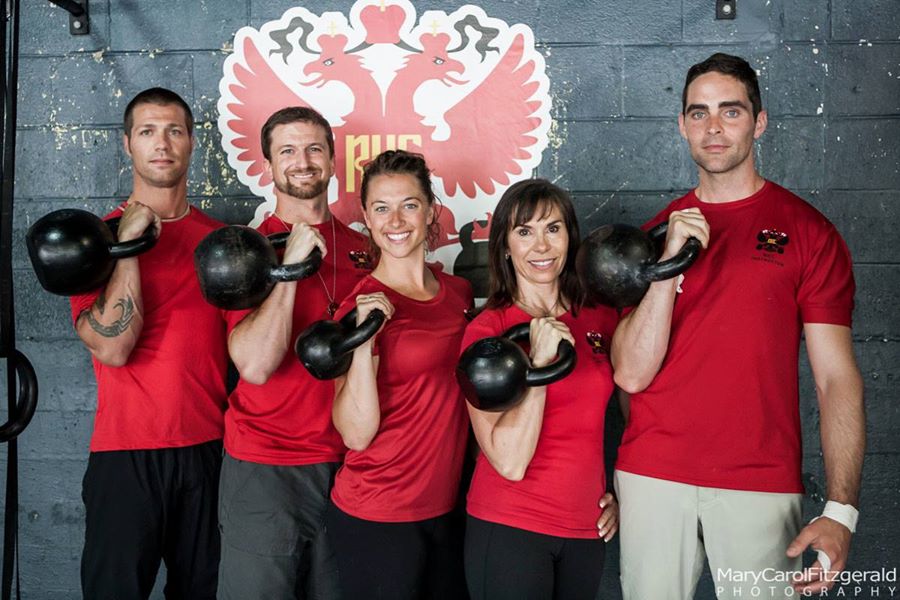
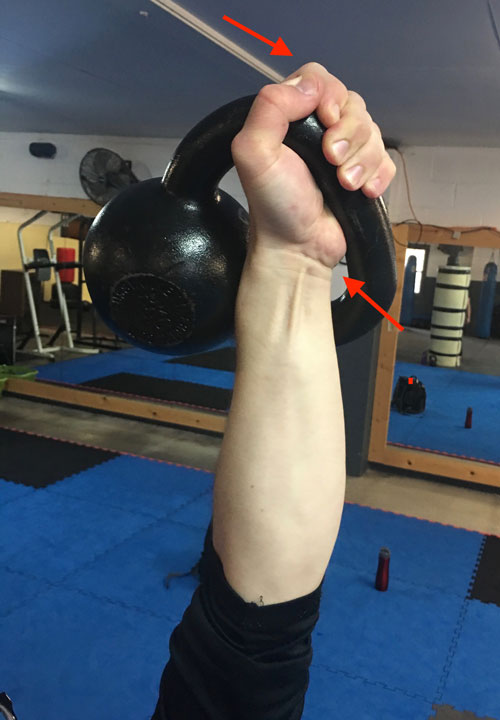
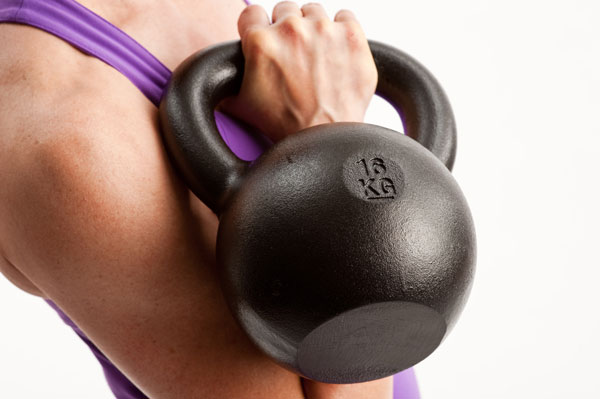
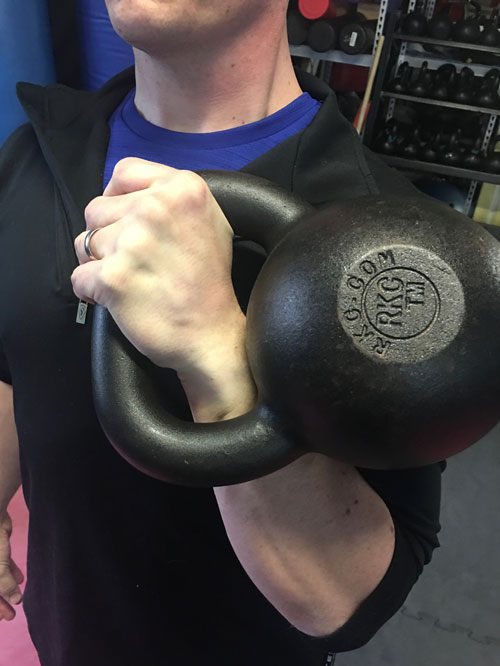
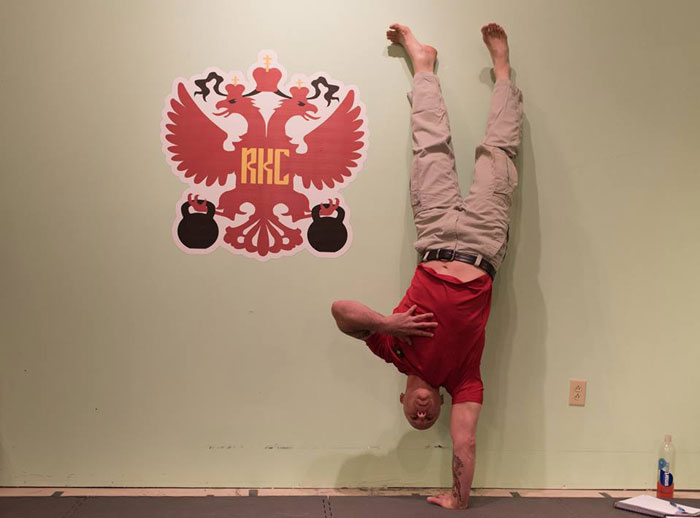

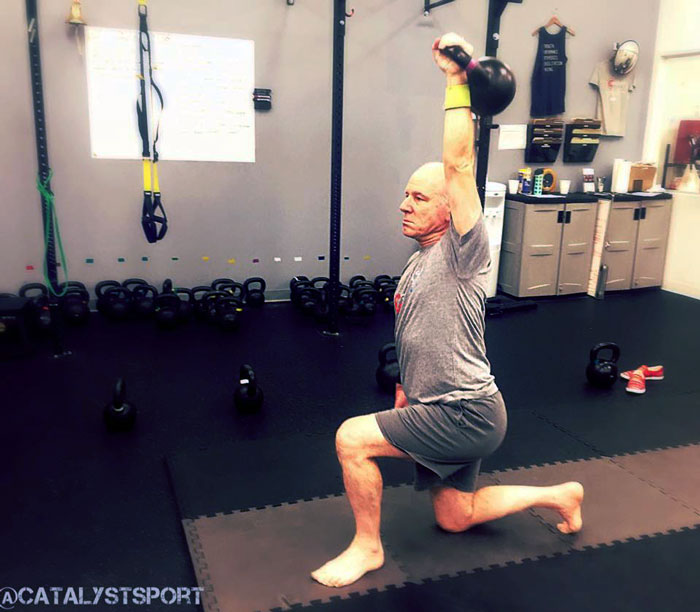
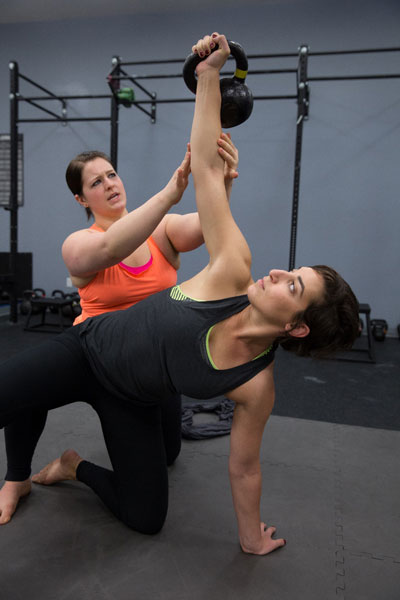

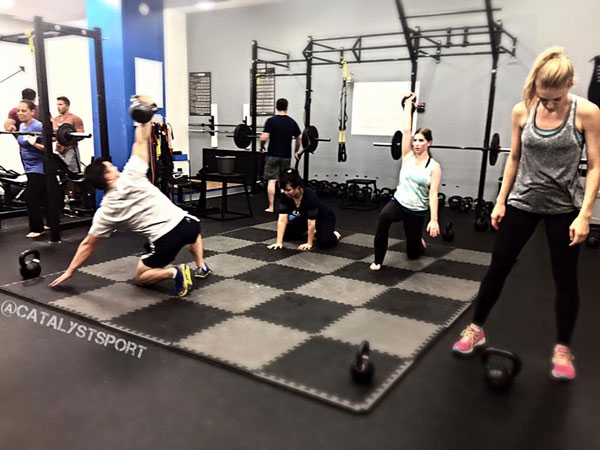
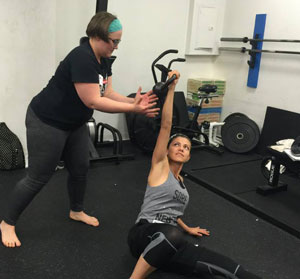
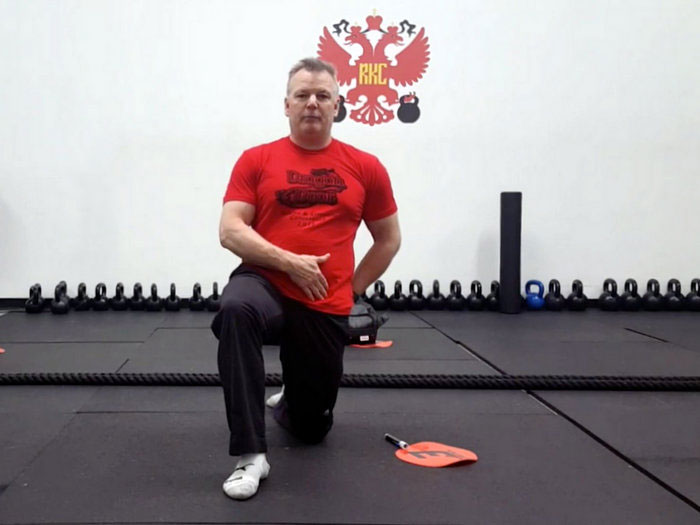
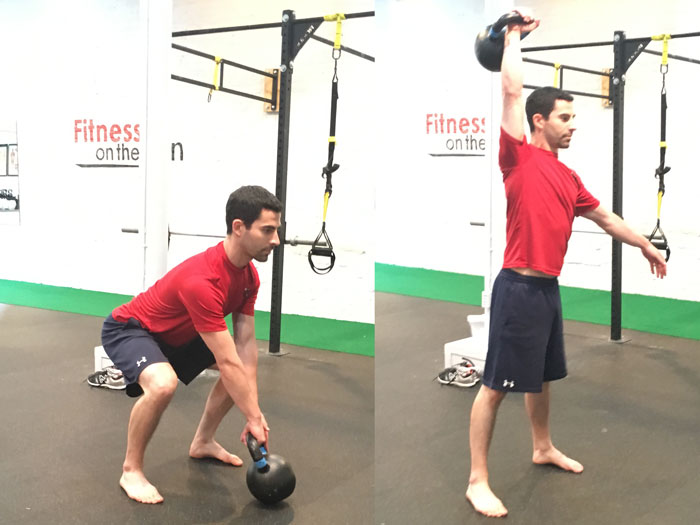
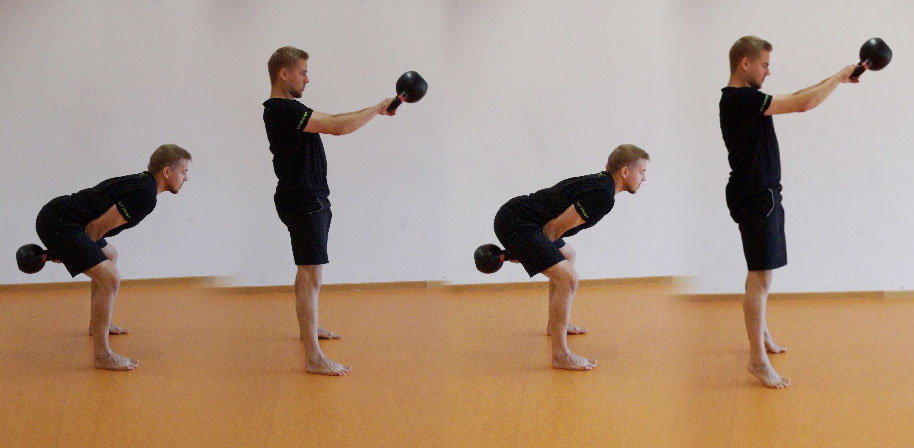
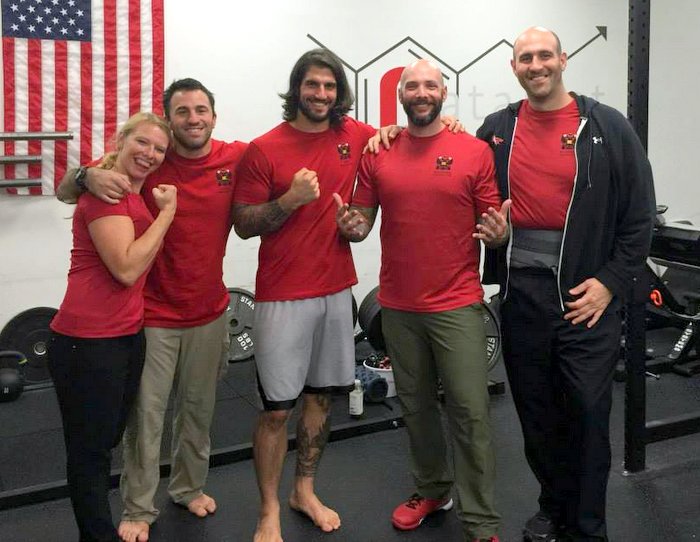
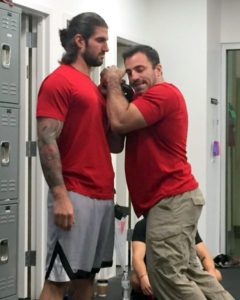
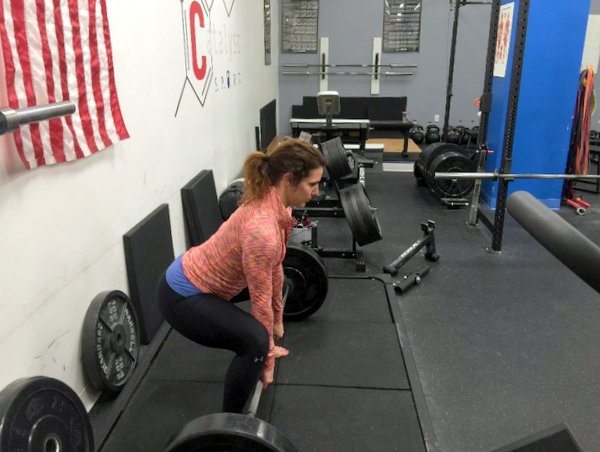
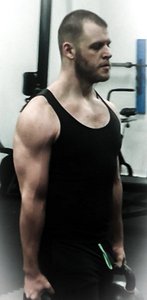

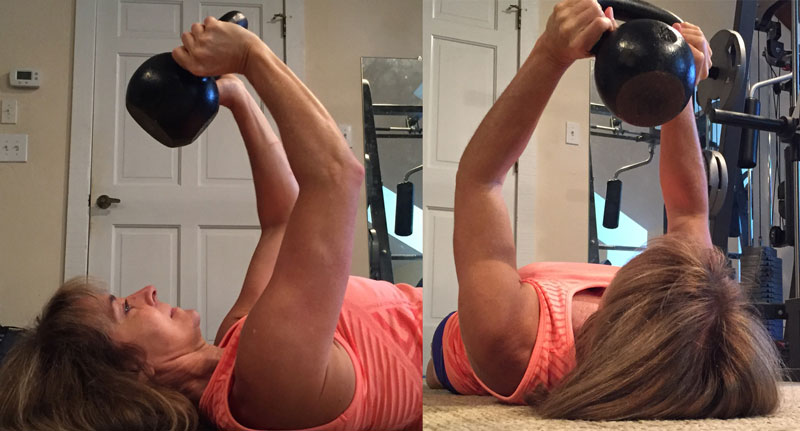
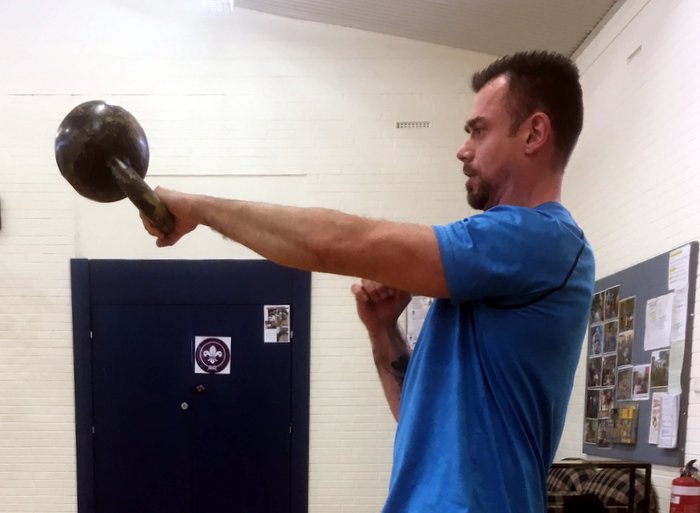
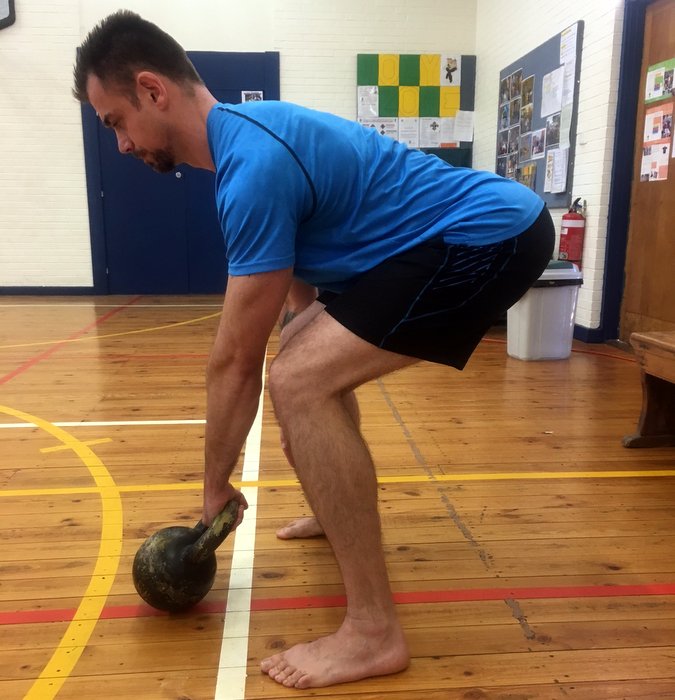
 Don’t Rush the Kettlebell Swing
Don’t Rush the Kettlebell Swing